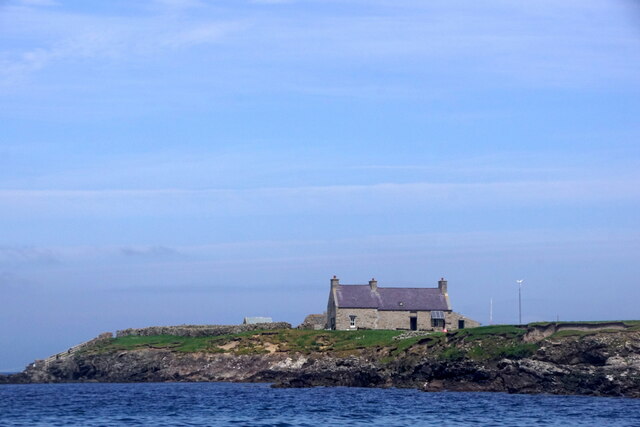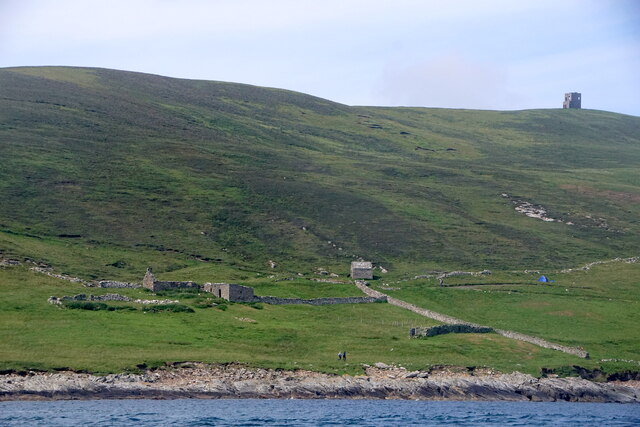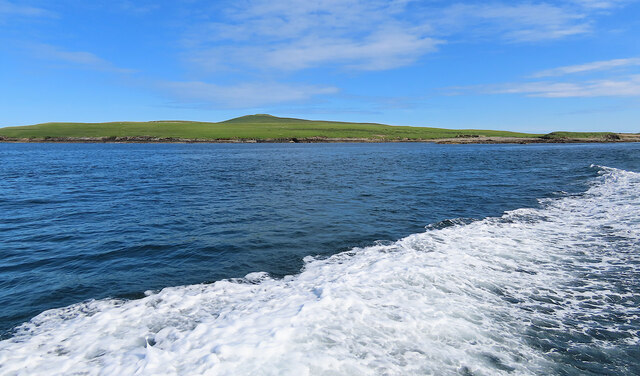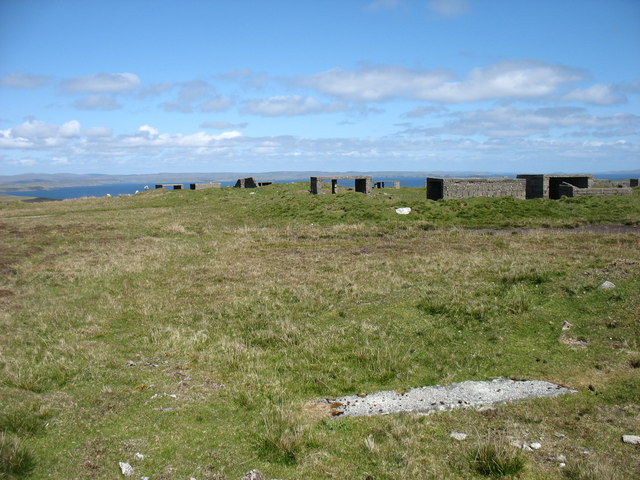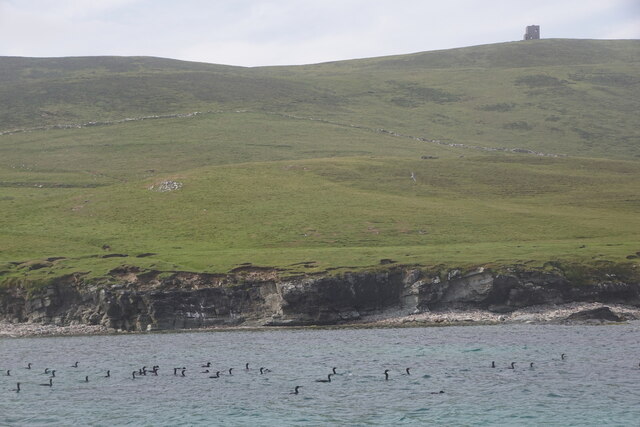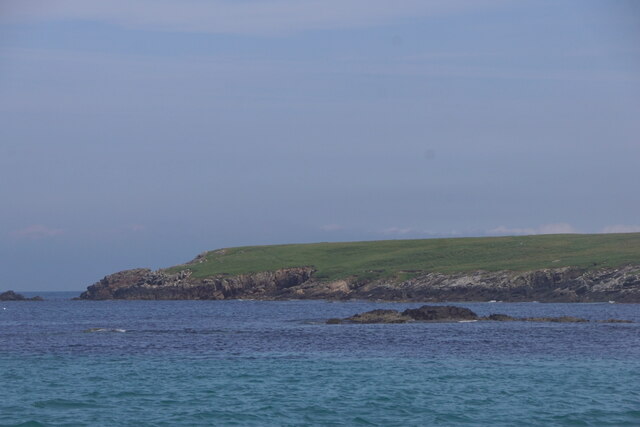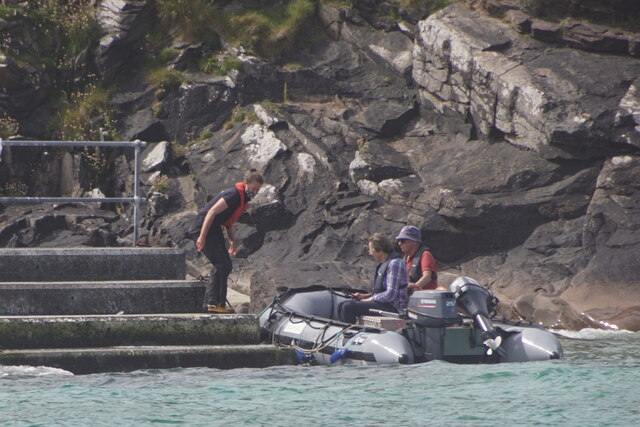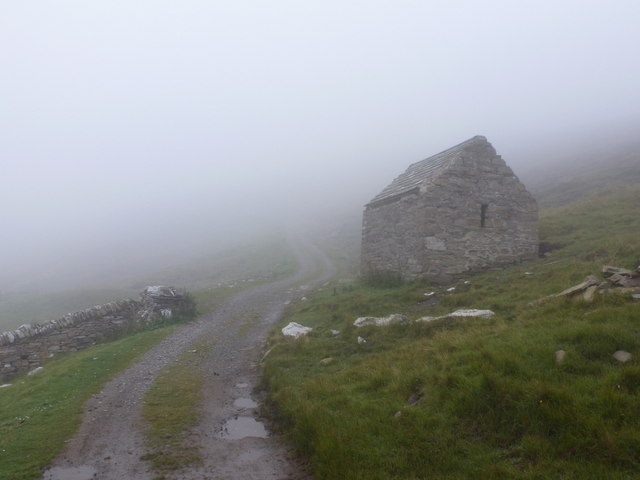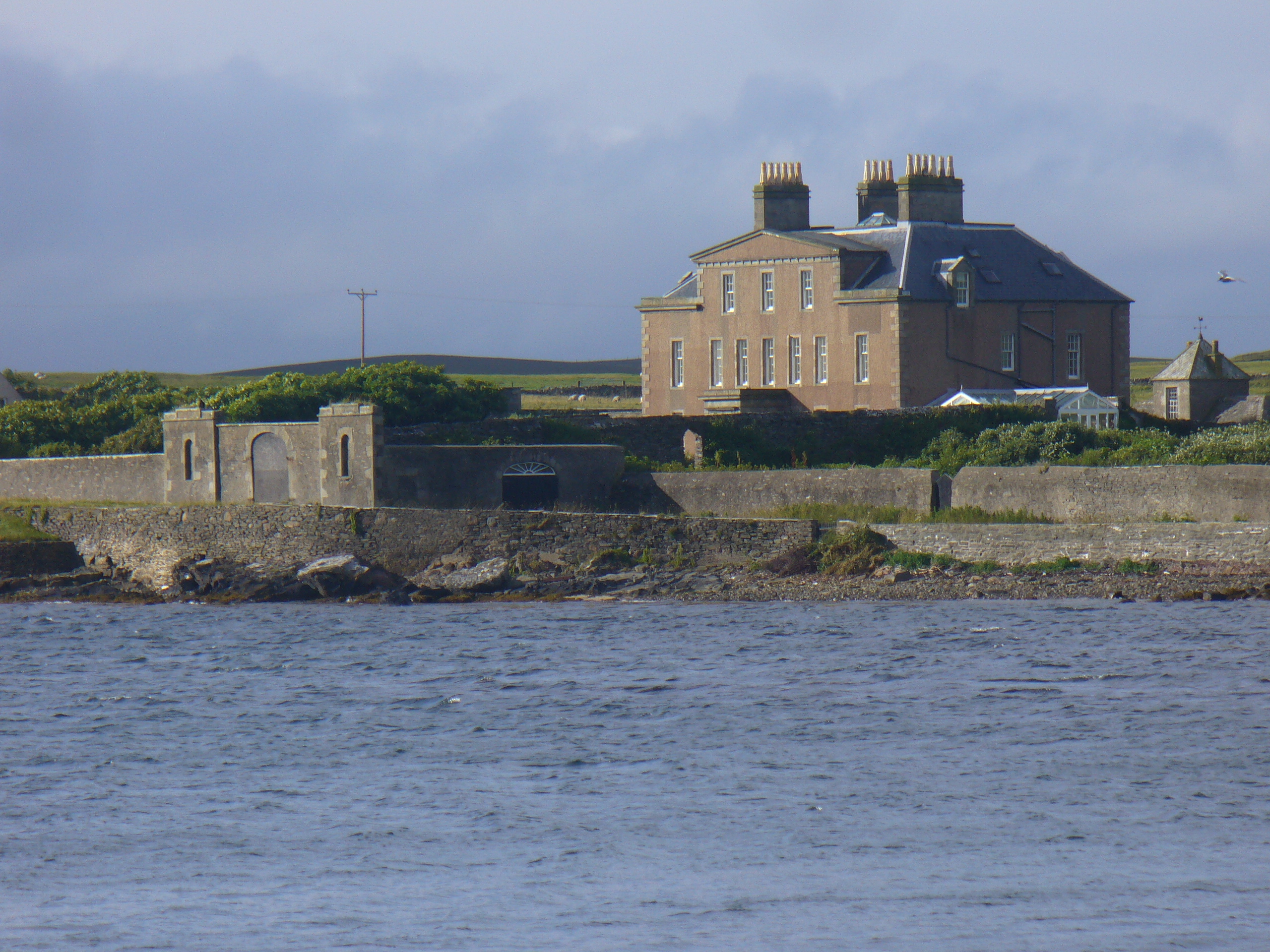Bay of Cuppa
Bay in Shetland
Scotland
Bay of Cuppa
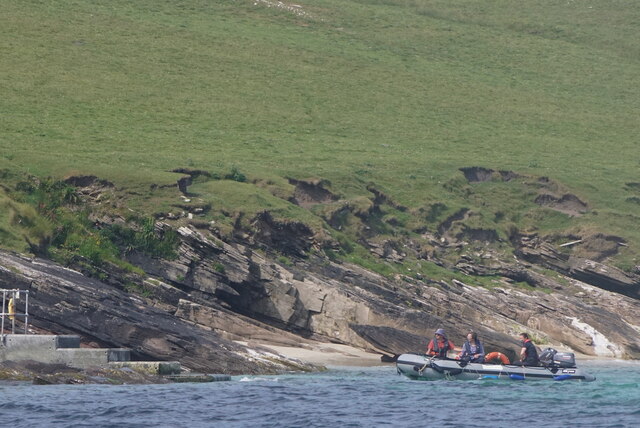
The Bay of Cuppa is a picturesque inlet located on the west coast of the Shetland Islands in Scotland. Nestled between the rugged cliffs and rolling hills, this bay offers breathtaking views of the North Atlantic Ocean. The bay is situated approximately 7 miles northwest of the town of Sandwick and is easily accessible by both road and foot.
The Bay of Cuppa is known for its tranquil and unspoiled beauty, attracting visitors seeking a peaceful retreat amidst stunning natural surroundings. The bay's sandy beach stretches for about half a mile, providing ample space for beachcombing, picnicking, and enjoying the refreshing sea breeze. The crystal-clear waters are often calm, making it a popular spot for swimming and paddling.
Surrounding the bay are dramatic cliffs that reach heights of up to 100 feet, offering a sense of awe and wonder. These cliffs provide nesting sites for a variety of seabirds, including puffins, guillemots, and fulmars, making it a haven for birdwatching enthusiasts.
The Bay of Cuppa is also renowned for its rich marine life. Seals can often be spotted basking on the rocks or swimming in the bay, while dolphins and porpoises occasionally make appearances, delighting visitors with their playful antics.
For those seeking outdoor adventures, the bay offers opportunities for coastal walks, with scenic trails leading to nearby headlands and viewpoints. The area is also a popular location for sea kayaking and fishing, attracting both locals and tourists alike.
In summary, the Bay of Cuppa is a hidden gem on the Shetland Islands, offering a serene and picturesque setting for nature lovers, birdwatchers, and outdoor enthusiasts to indulge in the beauty of Scotland's rugged coastline.
If you have any feedback on the listing, please let us know in the comments section below.
Bay of Cuppa Images
Images are sourced within 2km of 60.163252/-1.0583441 or Grid Reference HU5242. Thanks to Geograph Open Source API. All images are credited.
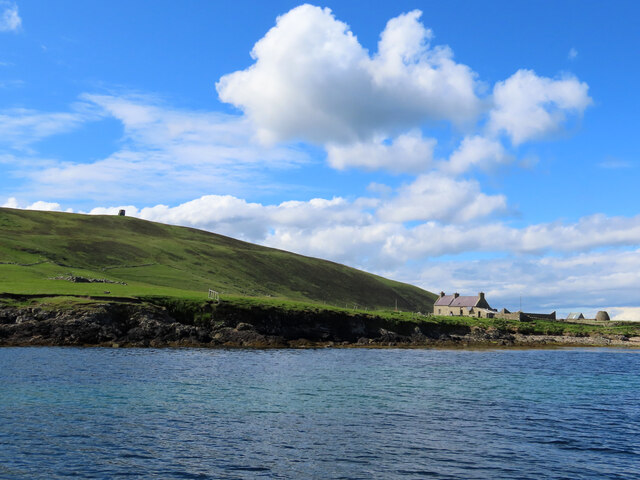
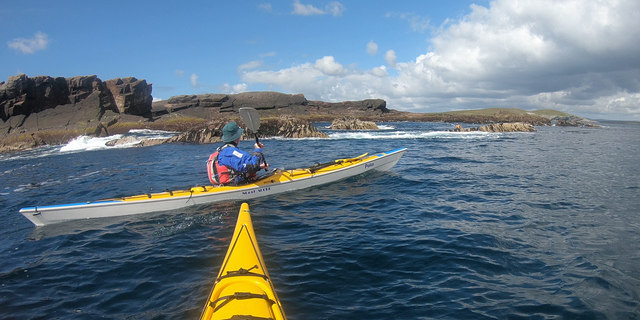
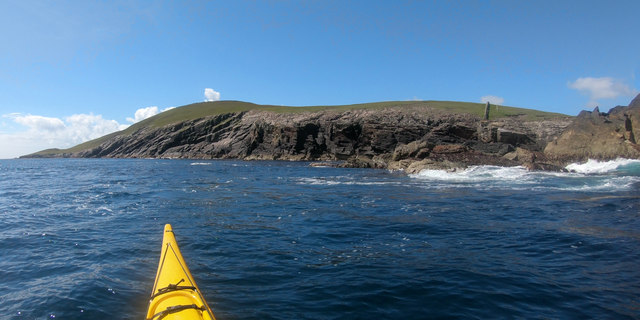
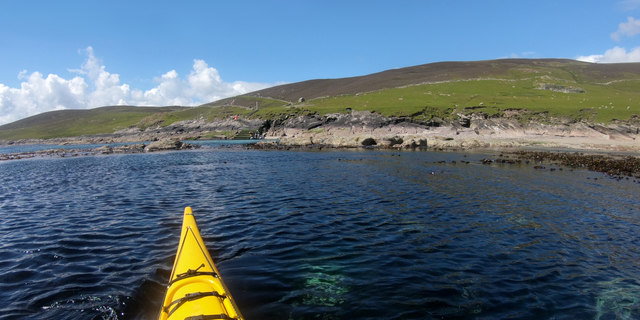
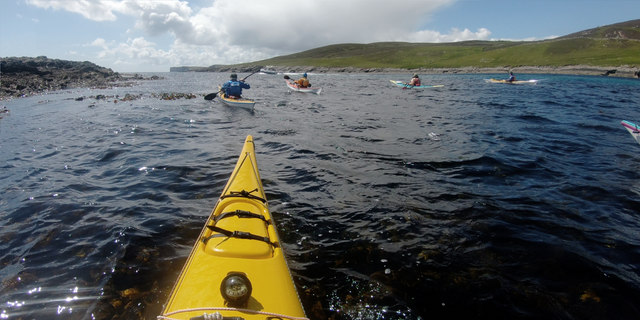
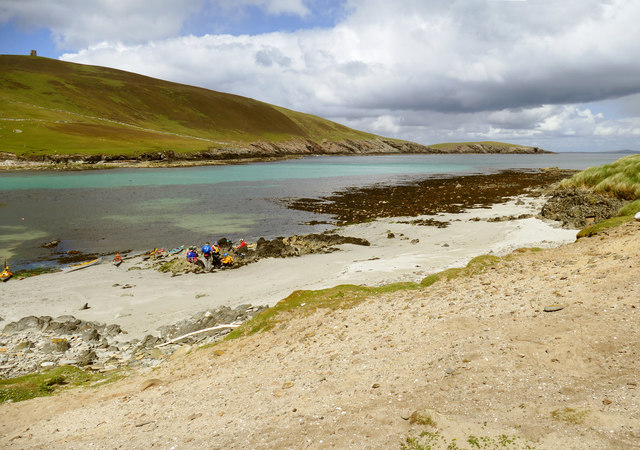

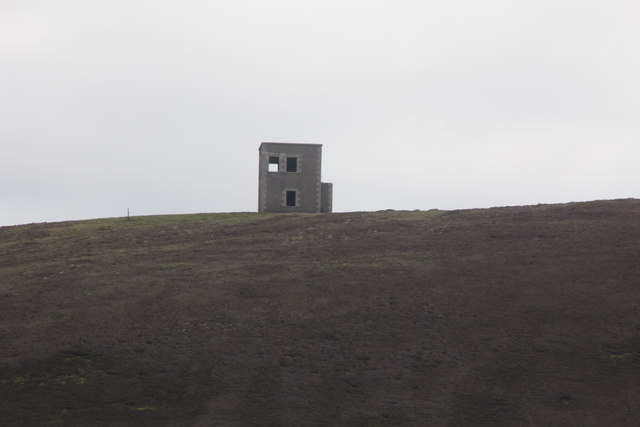
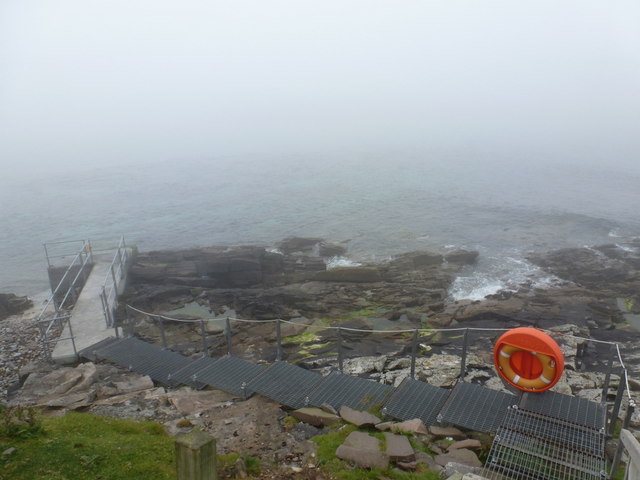
Bay of Cuppa is located at Grid Ref: HU5242 (Lat: 60.163252, Lng: -1.0583441)
Unitary Authority: Shetland Islands
Police Authority: Highlands and Islands
What 3 Words
///safari.atom.drags. Near Lerwick, Shetland Islands
Nearby Locations
Related Wikis
Broch of Cullingsburgh
The Broch of Cullingsburgh is an Iron Age broch located in the Shetland islands. == Location == Located on Bressay, off the east coast of mainland Shetland...
Voe of Cullingsburgh
Voe of Cullingsburgh is a large sea loch off the Shetland island of Bressay, voe meaning "sea inlet" in Shetland dialect. The local spelling of the name...
Bressay
Bressay (Scots: Bressa) is a populated island in the Shetland archipelago of Scotland. == Geography and geology == Bressay lies due south of Whalsay, west...
Isle of Noss
The Isle of Noss or Noss (Scots: Noss) is a small, previously inhabited island in Shetland, Scotland. Noss is separated from the island of Bressay by the...
Gardie House
Gardie House is an 18th-century estate house on Bressay in Shetland, Scotland. Located opposite Lerwick, across the Bressay Sound, Gardie is described...
Bressay transmitting station
Bressay transmitting station is a broadcasting transmission facility for the Shetland Islands, located on the isle of Bressay, owned and operated by Arqiva...
Holm of Noss
The Holm of Noss or Cradle Holm is an uninhabited islet of the Shetland Islands. It is about 48m at its highest point. == Geography and geology == It is...
Lerwick and Bressay Parish Church
Lerwick and Bressay Parish Church is the largest Church of Scotland congregation in Shetland, serving the islands' capital Lerwick and the surrounding...
Nearby Amenities
Located within 500m of 60.163252,-1.0583441Have you been to Bay of Cuppa?
Leave your review of Bay of Cuppa below (or comments, questions and feedback).
